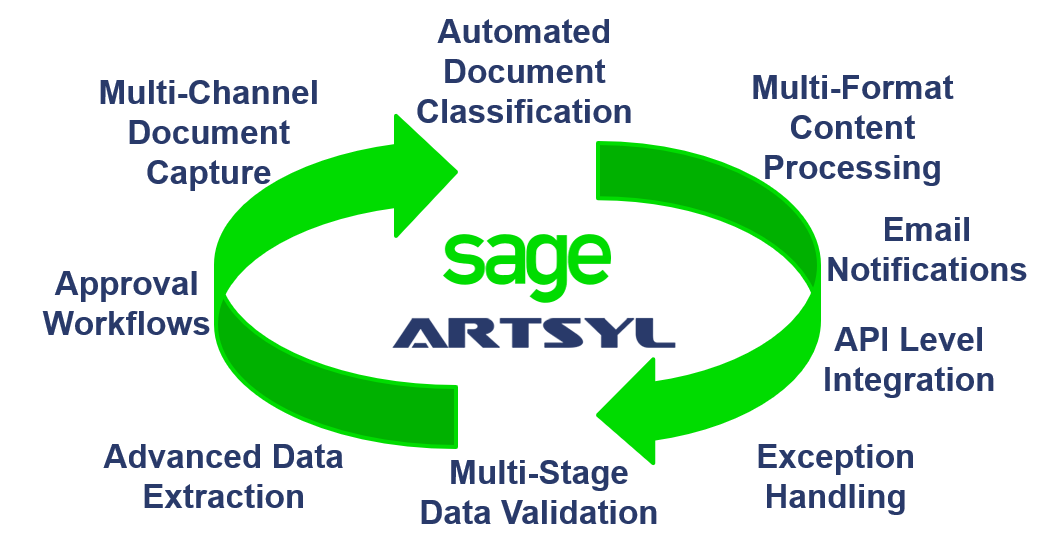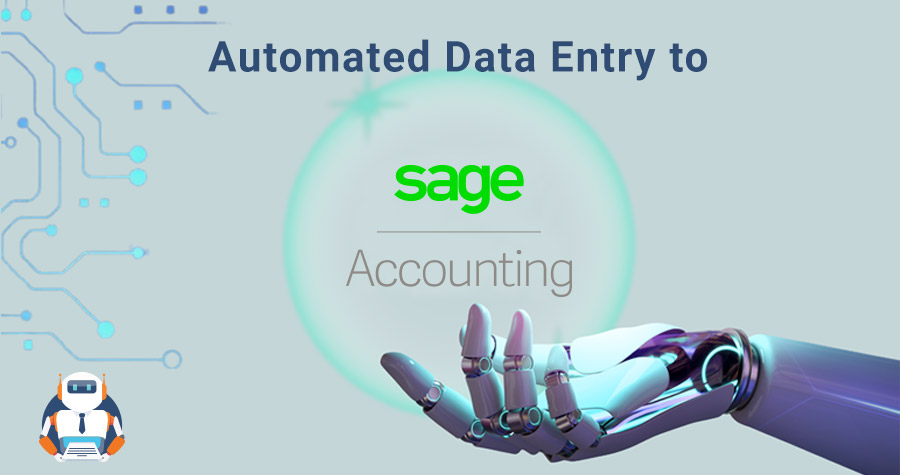How to Automate Accounting Processes with SAGE Software|2025
Learn how to automate accounting processes with SAGE software, streamlining tasks like invoicing, payroll, and reporting to save time and improve accuracy in your financial management.
Accounting automation has become a necessity for businesses seeking efficiency, accuracy, and compliance. Sage software is a leading solution that offers robust automation capabilities, allowing businesses to streamline financial processes, reduce manual data entry, and ensure real-time financial insights. This paper explores the benefits of automating accounting processes with Sage software, the key features that enable automation, and a step-by-step guide to implementing Sage for accounting automation.
Benefits of Automating Accounting with Sage
Enhanced Accuracy
Manual accounting processes are prone to errors, such as data entry mistakes, miscalculations, and duplication. Sage software minimizes these risks by automating calculations and data transfers, ensuring high accuracy in financial records.
Time Efficiency
Automation significantly reduces the time spent on routine accounting tasks such as invoicing, bank reconciliations, and payroll processing. Businesses can allocate their time to strategic financial planning rather than mundane tasks.
Compliance and Regulatory Adherence
Sage software is designed to comply with tax regulations and financial reporting standards. Automated tax calculations, VAT reporting, and audit trails help businesses maintain compliance with ease.
Real-Time Financial Insights
Automated accounting provides real-time financial reports, enabling businesses to monitor cash flow, expenses, and revenues dynamically. This facilitates better decision-making based on up-to-date financial data.
Cost Reduction
By eliminating manual bookkeeping and reducing human errors, businesses can save costs associated with hiring additional accounting staff and correcting financial discrepancies.
Key Features of Sage Software for Accounting Automation
Cloud-Based Accessibility
Sage offers cloud-based solutions that enable businesses to access their financial data from anywhere, facilitating remote work and collaboration.
Automated Bank Feeds
Sage can integrate with bank accounts to automatically import and categorize transactions, reducing the need for manual reconciliations.
Invoice and Payment Automation
Businesses can set up automated invoicing, payment reminders, and processing, ensuring timely payments and better cash flow management.
Payroll Automation
Sage simplifies payroll management by automatically calculating wages, deductions, and taxes, while also generating payslips and filing reports.
AI-Powered Expense Tracking
The software can categorize and track expenses automatically, helping businesses manage budgets and optimize spending.
Financial Reporting and Dashboards
Automated reporting tools provide real-time financial insights through customizable dashboards, allowing businesses to analyze performance at a glance.
Multi-Currency and Tax Compliance
For businesses operating internationally, Sage supports multi-currency transactions and ensures compliance with diverse tax regulations.
Step-by-Step Guide to Automating Accounting with Sage
Step 1: Choosing the Right Sage Solution
Sage offers various products tailored to different business sizes and industries. Businesses should evaluate their needs and choose the right software, such as:
- Sage 50 – Suitable for small to medium-sized businesses.
- Sage 200 – Ideal for growing businesses needing advanced features.
- Sage Intacct – Best for large enterprises with complex financial operations.
Step 2: Setting Up Sage Software
After selecting the appropriate Sage software, businesses should follow these steps for setup:
- Install or subscribe to the cloud-based version.
- Configure company details, including financial year start and tax settings.
- Integrate the software with bank accounts and payment processors.
Step 3: Automating Transactions
To leverage automation, businesses should:
- Enable bank feeds to import transactions automatically.
- Set up recurring invoices and payments.
- Use automated expense tracking to classify transactions.
Step 4: Implementing Payroll Automation
Payroll can be automated in Sage by:
- Adding employee details and pay structures.
- Configuring tax and deduction settings.
- Scheduling automated salary payments.
- Generating payslips and tax reports automatically.
Step 5: Generating Financial Reports
Businesses can access real-time reports by:
- Customizing dashboards for key financial metrics.
- Automating monthly profit and loss reports.
- Setting up alerts for financial anomalies.
Step 6: Ensuring Data Security and Compliance
To protect financial data and comply with regulations:
- Enable multi-factor authentication.
- Regularly back up financial data.
- Implement user access controls to restrict sensitive information.
Step 7: Training Staff and Optimizing Usage
To maximize automation benefits, businesses should:
- Train employees on Sage features and best practices.
- Continuously update software for new automation capabilities.
- Seek expert consultation for optimizing financial workflows.
Challenges and Solutions in Accounting Automation
Initial Setup Complexity
Solution: Businesses should work with Sage-certified consultants to ensure proper configuration and integration with existing systems.
Data Migration Issues
Solution: Use Sage’s data import tools or seek professional assistance to migrate data without errors.
Resistance to Change
Solution: Conduct training sessions to familiarize employees with Sage and highlight the benefits of automation.
Integration with Other Software
Solution: Ensure compatibility with third-party applications such as CRM and inventory management tools for seamless workflow automation.
Future Trends in Accounting Automation with Sage
Artificial Intelligence and Machine Learning
Sage continues to integrate AI-driven analytics and predictive insights to further enhance automation capabilities.
Blockchain for Enhanced Security
Blockchain technology is being explored to improve data security and financial transaction transparency.
Advanced Mobile Accounting
With increasing remote work trends, mobile-friendly Sage applications will offer more functionality for financial management on the go.
Conclusion
Automating accounting processes with Sage software enhances efficiency, accuracy, and compliance while reducing manual workloads. By leveraging Sage’s automation features, businesses can optimize financial operations and gain real-time insights for strategic decision-making. While implementation challenges may arise, proper training, expert consultation, and continuous optimization can ensure a smooth transition to automated accounting.
Needs help with similar assignment?
We are available 24x7 to deliver the best services and assignment ready within 3-4 hours? Order a custom-written, plagiarism-free paper




